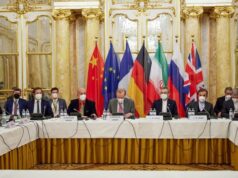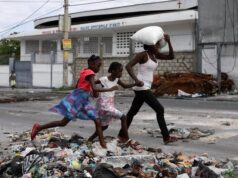Gaganyatris Will Be Provided With Indian Menu While In Space

The Indian Gaganyatris journeying into outer space as part of India’s Gaganyaan mission by late 2021 will be provided with nutritious and palatable Indian food during their mission. A very Indian menu featuring Dal, Aloo Parathas, Chicken Curry, Pulao and almonds will be available on board the Gaganyaan, after being subjected to stringent quality control. This quality control has been set indigenously and is on par with the Chinese or the US-NASA standards or the Russian Standards and no less.
The Gaganyatris menu for breakfast, lunch and dinner has been selected from a spread of 22 Indian dishes and fruit juices. The first consignment to cater for the duration of the entire Week long first mission will be weighing around 60 kg of food and 100 litres of water. Everything has been designed by the Defence Food Research Laboratory (DFRL) at Mysore to suit the palate of the four Indian Gaganyatris. This will meet the entire requirement for the week-long Space mission.
“We have sent samples (of the dishes and other eatables) to ISRO for tests with regard to palatability and other factors like zero microbe standards. Some of them will be tasted by the IAF pilots short-listed by ISRO for the space flight. The flavour will be modified to suit their taste,” said Dr Anil Dutt Semwal, director of DFRL, at the 107th Indian Science Congress in Bangalore.
Dr Semwal said the food will be wrapped in special disposable packaging material designed to prevent contamination. The eatables can be warmed using the food warmers on board the spacecraft. “Every dish will be mildly spicy but we will provide extra taste makers if the astronauts want to eat highly spiced food,” he added.
Dr Semwal said nutrition bars, powdered fruit juice, almonds and nuts will form part of the food package for the Indian astronauts so that they can snack during breaks.
It was the Defence Food Laboratory which in early 1980s were asked to develop ready to eat meals requiring simple heating for the Army Special Forces missions. After development the samples were sent to Special Forces Units for testing in field conditions. It turned out to be highly successful and the process was offered by the DFL even for marketing in the civil as MTR food packages.




